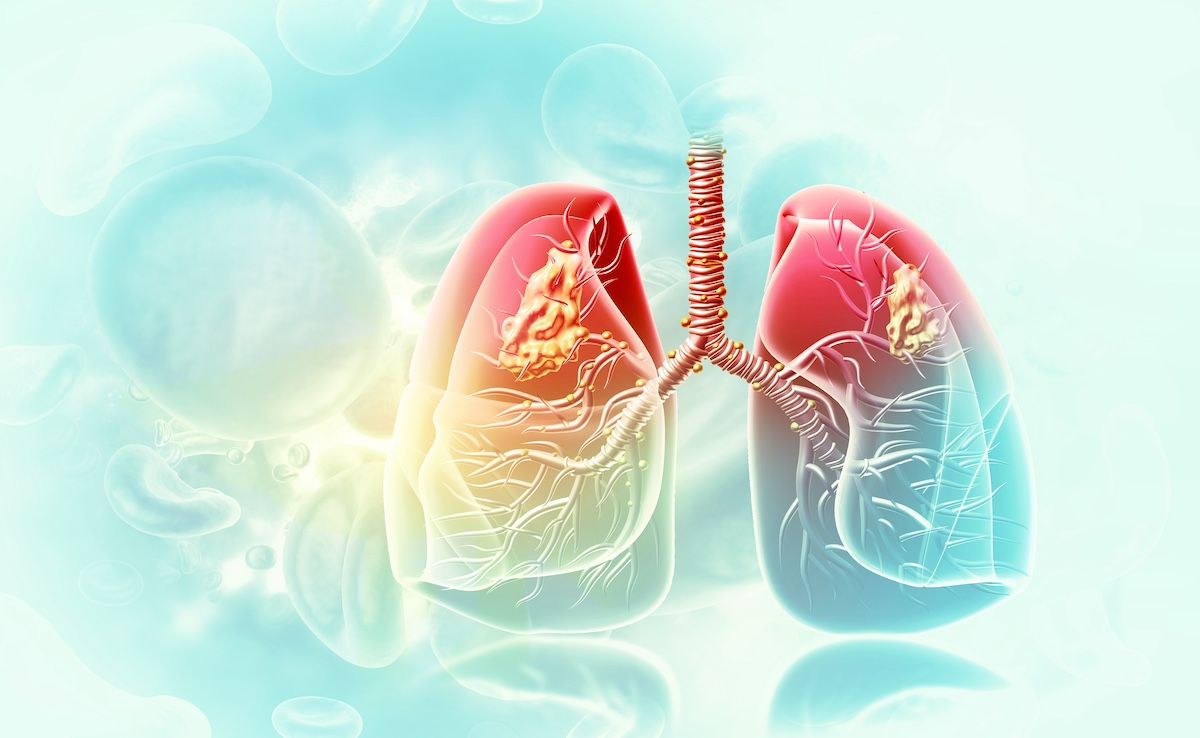Video
Dr Stephen Messier Discusses the Importance of Nonpharmacologic Interventions in Knee OA
Since there are no cures for knee osteoarthritis (OA), exercise and weight loss remain the best first-line therapies to decrease pain and improve function, said Stephen P. Messier, PhD, professor and director of the J.B. Snow Biomechanics Laboratory at Wake Forest University.
Since there are no cures for knee osteoarthritis (OA), exercise and weight loss remain the best first-line therapies to decrease pain and improve function, said Stephen P. Messier, PhD, professor and director of the J.B. Snow Biomechanics Laboratory at Wake Forest University.
Transcript
What are the long-term impacts, individually and on the overall health system, if patients don't do things like exercise when they have knee osteoarthritis?
Right now, there are, as you well know, right now there are no cures for osteoarthritis. The best treatment is exercise and weight loss. We can get over 50% decline or reduction in pain and improvement in function along with a decrease in joint loads, decrease in inflammation, it goes on and on and on how good it is. Not to mention that it also affects other things, like type 2 diabetes, hypertension, self-efficacy, and so the nonpharmacologic interventions, right now, should be the first line of treatment for people with knee osteoarthritis.
And if they don’t do that, if they don’t do anything what you see is a decline in function, an increase in pain, more sedentary lifestyle, an increase in weight, decrease in self-efficacy, and so it can spiral downward pretty quickly. And so, it’s amazing the participants we had in our trials have been sedentary for their entire lives and all of a sudden now, we’re making athletes out of them. And not the kind of athlete that we think about, as most people think about, but for them to get out there and walk 3 days a week or strength train, loss a little bit of weight—they’re athletes. In fact, it’s probably more important for them because they’re doing this for their life, to maintain, to improve their life.
You know, we’re going to live a long time, and the last third of your life should be fun. You should be able to play with your grandchildren, and not have to sit on the couch and watch them play, and those kinds of things. What we find is, we’ve got 65-year-olds that are role models for the grandchildren, it’s really neat. You know, “if grandma can do it,” that kind of thing.
Nonpharmacologic is the first line of defense, of course, and we work with pharmaceutical companies, as well. It may be the best treatment would be a combination of a nonpharmacologic and a pharmacologic intervention together. Until we find a cure, I think maybe that would probably be the best combination. We should try to search for that. But right now, the nonpharmacologic interventions overwhelm. the pharmacologic interventions. So, we’ve got a ways to go.




